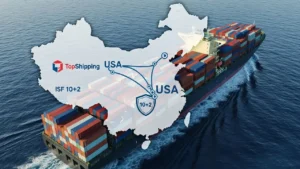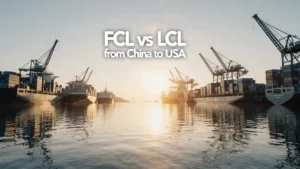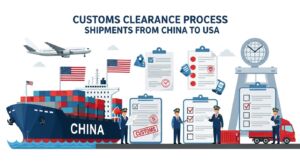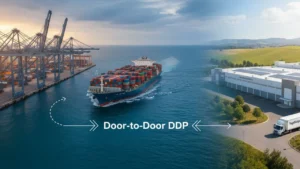Freight shipping containers are the main part of the sea and air freight forwarding. These are designed so that you can move any good with them. Also, choosing the most suitable one for the goods is very effective in safety and freight costs. Working with a freight forwarder company will help you a lot in this regard. Our experts will choose the best one for you by knowing the details of all containers and evaluating your good. Here we talk about sea freight containers and air freight ones.
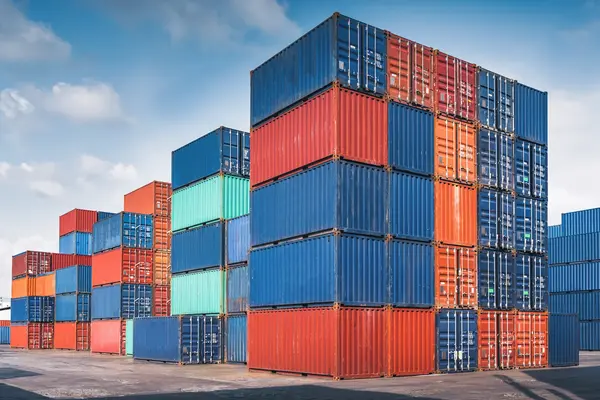
Freight shipping containers – size, rate, cost
- TopShipping
- No Comments
Table of content







